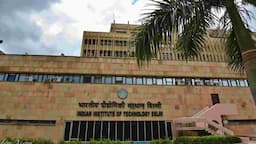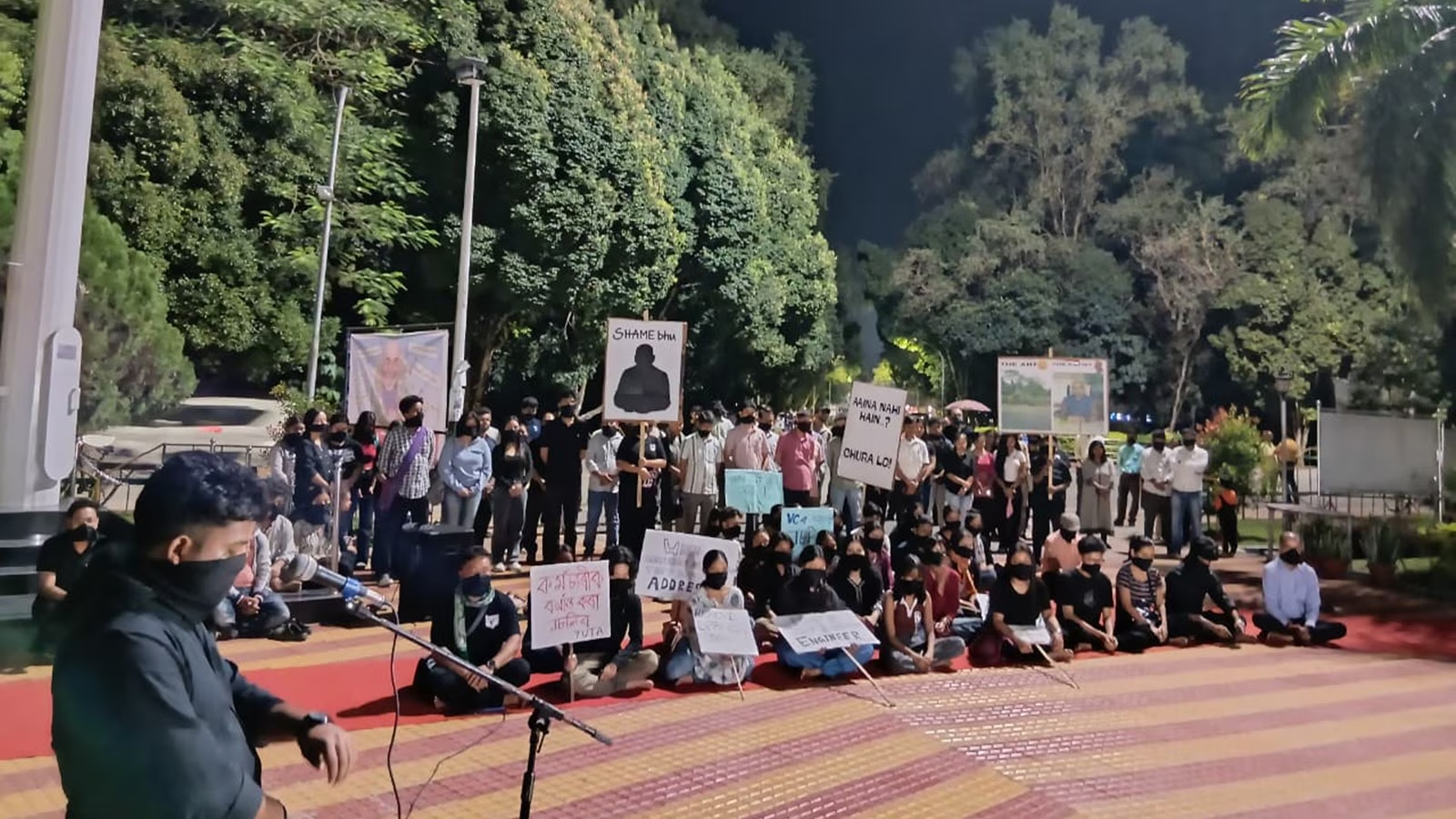A powerful flash flood struck Dharali village in Uttarkashi district on August 5, 2025, wreaking havoc in the fragile Bhagirathi Eco-Sensitive Zone (BESZ).
The deluge caused by a cloudburst or possibly a glacial lake outburst flood swept away homes, hotels, and roads, leaving at least five people dead and over 50 missing.

Dharali lies within the BESZ, a protected 4,157 sq km area between Gangotri and Uttarkashi intended to safeguard the Ganga’s origin and watershed since its 2012 notification.
However, in the year leading up to the disaster, experts had repeatedly flagged harmful developments. A helipad under construction at Jhala village and illegal multi-story hotels in Maneri and Jamak were among structures breaching ESZ norms and potentially worsening flood impacts.
Moreover, the Char Dham road-widening project between Dharasu and Gangotri was advancing without a separate Environmental Impact Assessment (EIA), despite warnings from the ESZ monitoring committee that it posed significant risks—especially on the unstable slopes of Bhatwari block, where Dharali is located.
On the day of the calamity, the flood hit with devastating speed. Rescue operations deployed the army, NDRF, SDRF teams, drones, sniffer dogs, and makeshift ziplines to reach trapped residents — efforts hindered by blocked roads, landslides, and mobile network outages. The Indian Army alone rescued around 130 to 190 people amid challenging terrain, while several personnel were also reported missing.
Experts link the tragedy to a combination of natural vulnerabilities and human negligence. The Himalayan slopes are inherently unstable, but deforestation, unregulated construction, tourism‑driven encroachments, and development projects have severely weakened nature’s protective buffers.

Most recently, the mass felling of approximately 6,000 deodar trees in the BESZ’s Bhatwari block has raised alarm over ecological collapse.
This disaster hasn't just shaken the region — it has reignited debates over the balance between development and ecological integrity.
Experts warn that without stricter enforcement of environmental norms, comprehensive early-warning systems, and greater political commitment to sustainable planning, such tragedies may become the norm rather than the exception.






.jpg&w=256&q=75)









